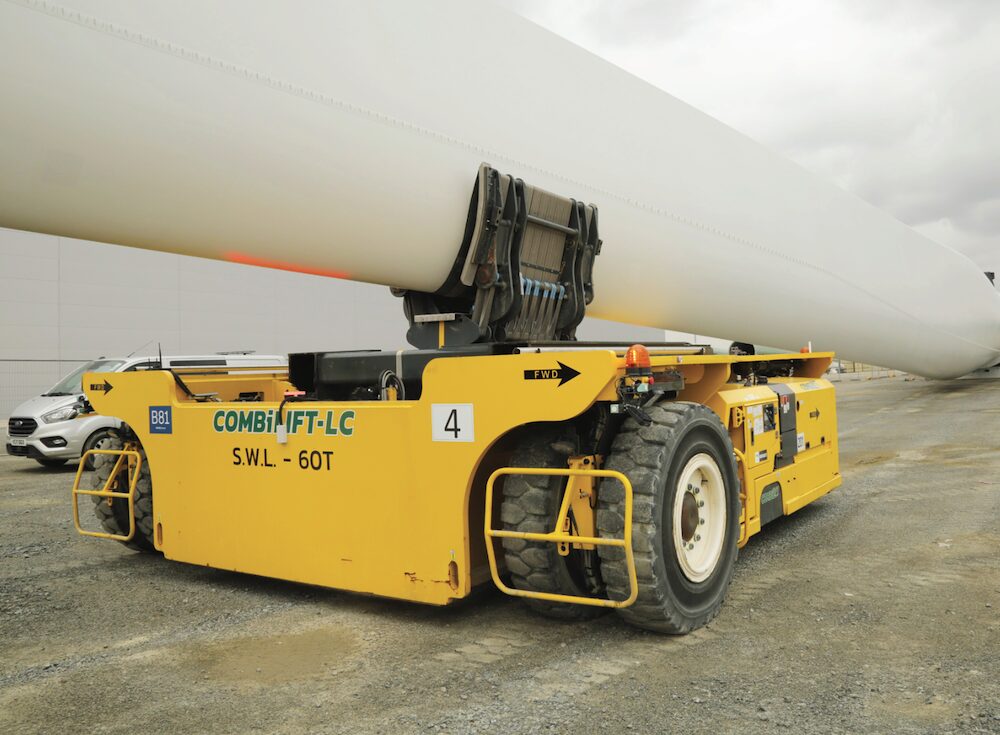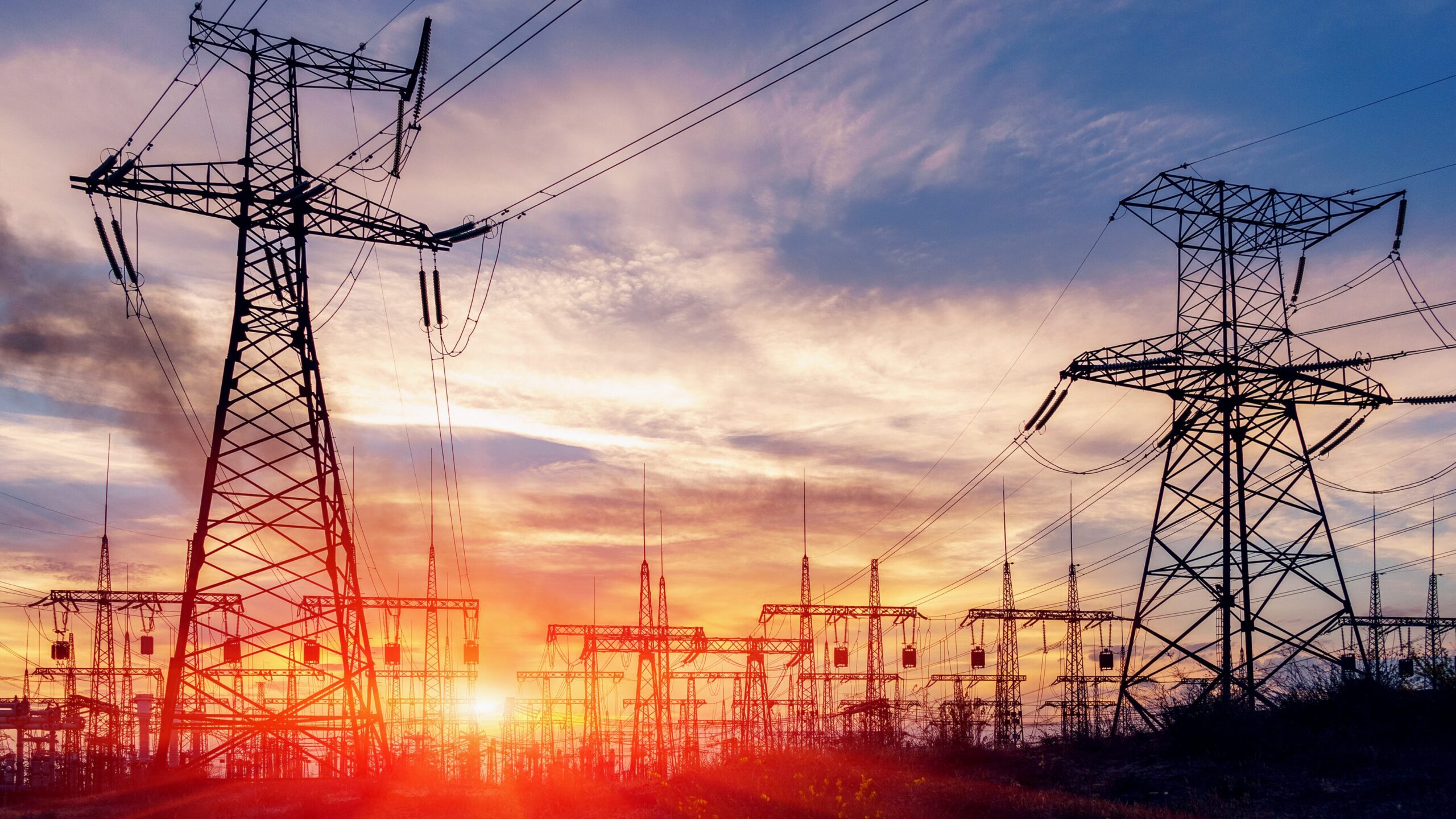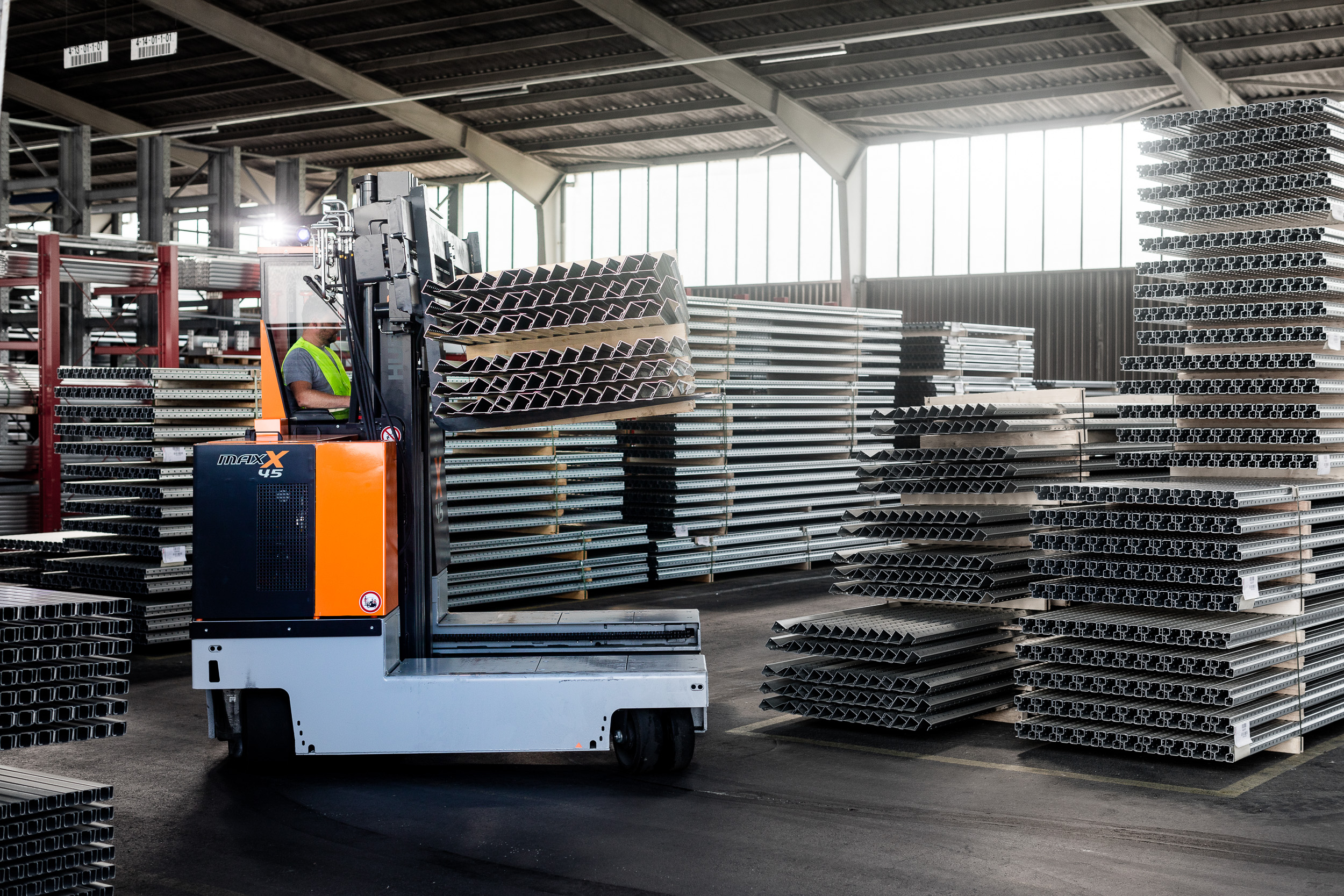Combilift successfully worked with Siemens Gamesa on building a bespoke machine for the handling of large wind turbine blades. Now, the green energy sector in Australia can benefit.
The Combi-LC is Combilift’s latest innovation supporting the global shift to renewable energy. As demand in this sector ramps up, there is a constant need to handle increasingly large loads and this machine answers the call.
Blades for onshore wind turbines typically measure up to 80 metres long, but the latest LC model goes one step further. While making light work of onshore blades, the LC can handle lengths of up to 115 metres and weighing up to 70 tonnes – the kind used for larger offshore wind farms.
In 2022, Australia’s minister for climate change and energy Chris Bowen announced the identification of six priority areas for offshore wind: Gippsland, Victoria; Hunter, New South Wales; Southern Ocean, Victoria; Illawarra, Victoria; Bass Strait, Tasmania; and Indian Ocean off Bunbury, Western Australia.
This announcement solidified the need for the Combi-LC for the wider energy and manufacturing sectors.
But the size and weight of each blade is only half the issue for Siemens and other manufacturers. As countries like Australia continue to invest in wind power, the sheer number of blades required is predicted to jump.
As of 2021, Australia had 9126MW of wind generation capacity, according to the Clean Energy Council. In 2023, it accounted for 33.9% of the country’s clean energy generation, and 13.4% of total energy generation (up from 12.8). Also in 2023, seven new wind farms were commissioned and 942MW of wind capacity was added.
These numbers are only expected to continue as the demand for cleaner energy continues, and offshore wind adds to the Australian energy sector. This will push Siemens, Combilift and other manufacturers to supply more infrastructure and equipment.
To navigate these challenges Combilift designed the Combi-LC to optimise the space in Siemens’ facilities, while making blade handling much easier.
Combilift country manager for Australia Chris Littlewood says the Combi-LC is designed to facilitate the increased storage and handling of blades.
“There’s no easy way to move a 100-metre-long piece of steel. But with bespoke machines from Combilift, we hope it gets just a little bit easier for Siemens,” he said. “The Combi-LC is specifically designed to navigate narrow warehouses while handling extremely large objects – something we haven’t seen much of in the market.”
Siemens’ previous solution had involved multiple pieces of machinery which would struggle to scale as the wind turbines grow.
Combilift general manager for straddle carriers Josh Moffett said the two companies collaborated to identify opportunities for improvement in the existing processes. This allowed them to develop a solution that ticked all the boxes.

“Siemens were originally using these big loaders to handle their turbine blades, but that was back when their blades were much smaller – around
81 metres long,” he said.
“They knew they had an issue as their blades were getting bigger. They don’t know where it’s going to stop as they compete with other manufacturers, and we’ve allowed them to continue.”
Compounding Siemens’ difficulty was the five-kilometre journey between the facilities of manufacture and storage. Naturally, transporting enormous wind turbine blades such a distance is no mean feat, and a bespoke solution was required.
The Combilift-Siemens partnership began around 2019 when two 35-tonne machines were delivered to handle the 81-metre blades. These remain in operation today while further models have been developed to cater to the burgeoning sector. “Their blades are getting bigger, and we now have a second style of machine with a capacity of 45-tonne, a third with a 60-tonne capacity, and the latest machine has a 75-tonne capacity,” Moffett said.
Another challenge for Combilift has been the careful handling of the blades.
Despite their sturdy construction, Siemens requires an extremely gentle operation to avoid any potential faults in the vital infrastructure.
“Our interfaces have to be so smooth,” Moffett says. “We’re not allowed to put any torsion or pressure through the blade. We have a lot of devices on the machine to make it smooth and to really float that blade along.”
Advanced technology isn’t all that’s required to handle these blades, of course, the machines still require the steady hand of a competent operator.
To ensure customers feel confident operating the Combi-LC, Combilift offers thorough commissioning and training, according to Moffett.
“We’ve tried to make the machine’s operation as straightforward as possible, so experience is what’s most important to becoming competent as an operator,” he said.
“Once we install a set of machines, we generally stay with the team for a week or so to get them up to speed, make sure we’re happy with how they’re using it, and we will return weeks later to offer some more advice.”
To say these machines are a big step for Combilift would be an understatement. They have set records and satisfied another multinational company in a field that was previously foreign to this humble forklift manufacturer.
Moffett says the Combi-LC is a highlight of his 16 years in the job.
“These machines we have for handling the blades have so many new features on them to be proud of,” he said. “It’s the first Combilift product to have 12 wheels, for one, as well as the general size and scale of them. It’s all been quite a special moment for the company.”
The next step in this Siemens partnership and the sector more broadly is the handling of wind turbine towers. This would involve the handling of tower segments up to 15 metres in diameter with a capacity of 150 tonnes.
“That will be the biggest machine we’ve ever made, so we’re very much looking forward to that,” Moffett said.
This article was supplied as part of a paid advertising package.













